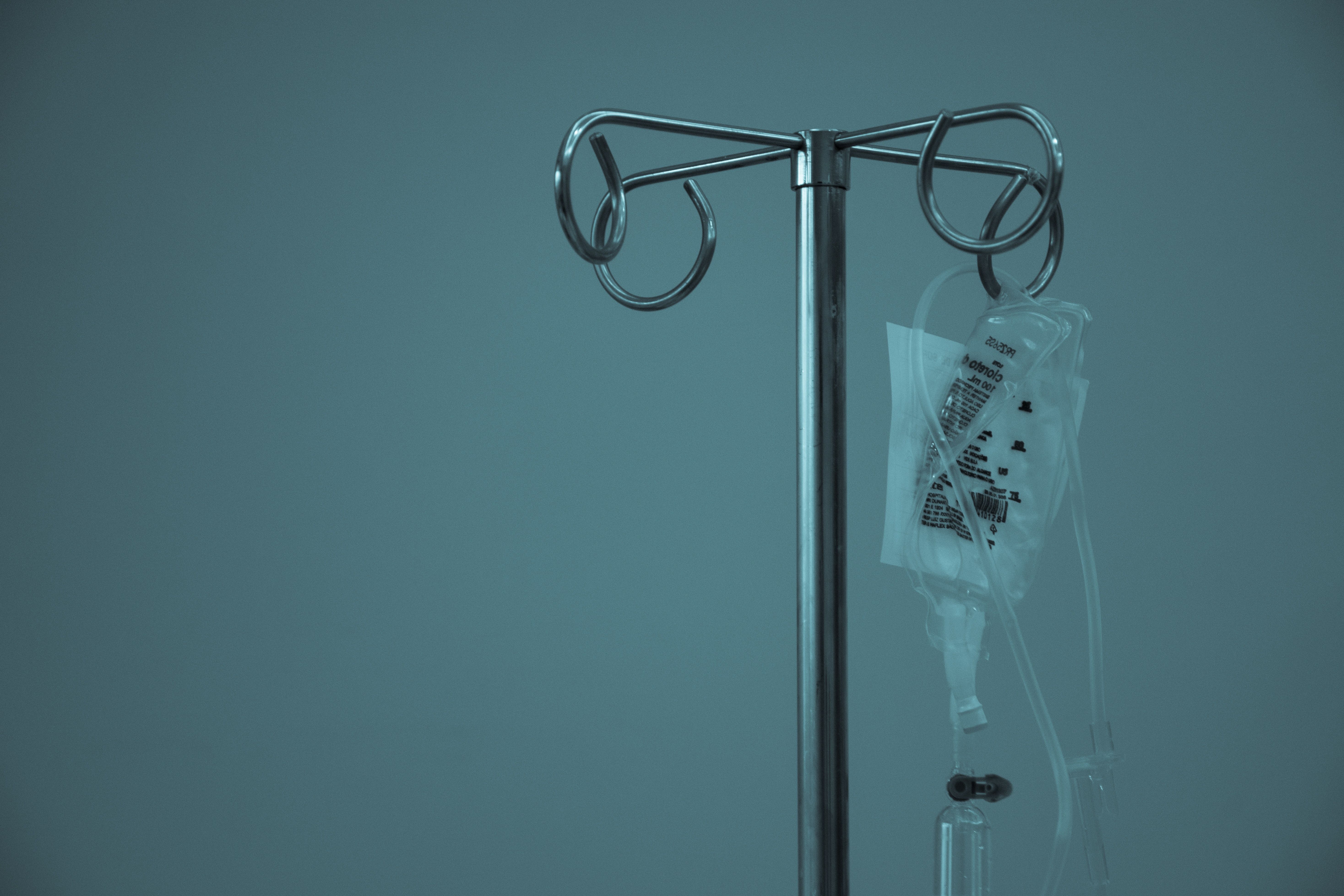Trends in COVID-19 Hospitalized Patients and the Impact of Remdesivir
A retrospective comparative effectiveness study looked at time to clinical improvement or time to death among hospitalized patients who were treated with or without remdesivir.

As hospitalizations start to creep back up in the United States, the precarious position we are in with COVID-19 response is one that underscores how effective our interventions are. Since this pandemic began, there have been nearly two million hospital admissions for COVID-19 patients. Cases are slowly climbing, with the 7-day moving average increasing per the Centers for Disease Control and Prevention (CDC). Now is the time where we race to vaccinate as many people as possible while encouraging continued vigilance with COVID-19 prevention efforts.
Treatment of patients with COVID-19 is one particular piece to response that is challenging. We’ve gotten better at it, but responding to a novel respiratory pathogen is hard enough and made worse by a pandemic lasting well over a year in a fatigued healthcare workforce. As we move towards the next phase in this pandemic with a disease that is likely going to be more endemic than entirely eliminated, the treatment of patients will become increasingly important and require precision.
A new publication in JAMA Network Open sought to address some of the treatment questions for those patients hospitalized with COVID-19 and if they were treated with remdesivir. The authors performed a retrospective comparative effectiveness study looking at time to clinical improvement or time to death among hospitalized patients who were treated with or without remdesivir.
For those treated, the question was also asked if it was alone or with corticosteroids. Patients included in this retrospective review were hospitalized between March 4 to August 29, 2020 across five hospitals in Maryland and the Washington DC area that compromise the Johns Hopkins Medicine System. All studied patients tested positive for COVID-19 via RT-PCR.
Among those 2299 studied patients, nearly 15% received remdesivir, of whom the median age was 60 and 44.7% were women. 80.7% were self-identified as non-White and the median time from admission to treatment was 1.1 days. The authors noted that in terms of time to clincal management, “of 570 matched individuals (285 remdesivir and 285 matched controls), 236 (82.8%) patients who received remdesivir and 213 (74.7%) controls achieved clinical improvement before 28 days, with a median time to clinical improvement of 5.0 days (IQR, 4.0-8.0 days) for remdesivir recipients and 7.0 days (IQR, 4.0-10.0 days) for controls. In Cox proportional hazards regression models, remdesivir treatment was associated with significantly shortened time to clinical improvement (adjusted hazard ratio [aHR], 1.47 [95% CI, 1.22-1.79]).”
Whereas for time to death, "remdesivir recipients had a 28-day mortality rate of 7.7% (22 deaths) compared with 14.0% (40 deaths) for matched controls, but this difference was not statistically significant in the time-to-death analysis (aHR, 0.70; 95% CI, 0.38-1.28). The median time to death was 8.6 days (IQR, 6.1-14.2 days) for remdesivir recipients and 8.2 days (IQR, 4.8-13.8 days) for controls.” Adding corticosteroids to treatment with remedesivir did not appear to reduce the hazard of death within the 28-day monitoring period.
Overall, these findings point to a more speedy recovery when remdesivir was utilized in hospitalized patients, but more studies are wholly needed. More targeted interventions to not only reduce severe disease and mortality are critical, but also to help shorten the period of treatment and hospitalization, which can increase the risk for healthcare-associated infections.
